Expansion of the Capital
The year 2008 marked a new development step for Hanoi, when the capital became one of the 17 largest cities in the world after merging with a total area of more than 3,300km2, 3.6 times larger than before.
In 2011, the Government approved the master plan for the construction of the capital until 2030, with a vision to 2050, setting the goal of turning Hanoi into a sustainable city with a synchronous infrastructure and technical system, high competitiveness and harmonious cultural development.
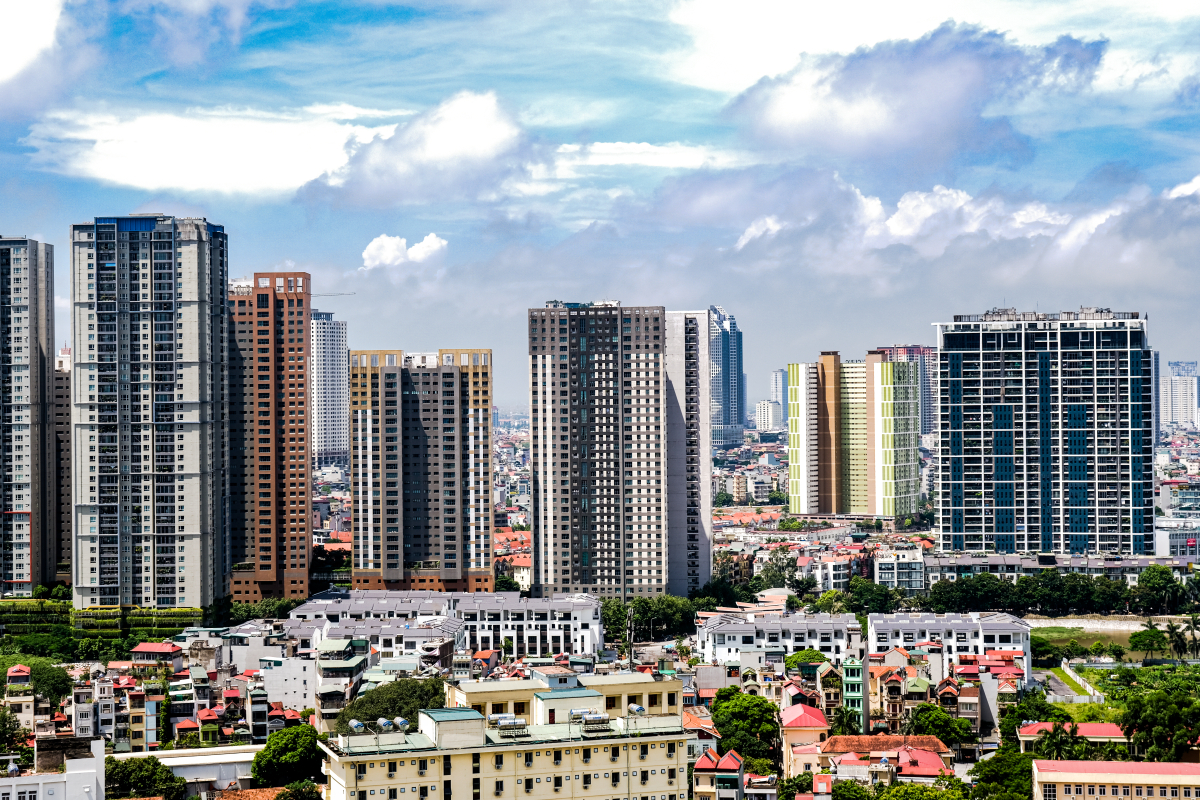
The development of new centers and quality infrastructure has created a driving force for migration out of the central core. (Photo: MD)
According to this plan, the capital will develop according to an urban cluster model including a central urban area, 5 satellite cities, ecological cities and towns.
This urban cluster is connected by a ring road transport system, combined with radial axes, with links to regional and national transport networks. The central urban area is separated from satellites and towns by green corridors, accounting for 70% of the city's natural land area.
In the planning picture, the development of each area is very different, depending on many factors. Since then, the Hanoi market has recorded significant changes in products as well as market size.
In particular, the strong development of the two poles of the West and East of the capital with well-planned metropolises, synchronous service and infrastructure systems is prominent.
The difference between the East and the West
As soon as Hanoi expanded, the western areas had earlier movements so the existing urban picture was clear.
In addition, many ministries, branches and enterprises have also moved to the West, creating a gathering place for thousands of large and small domestic and foreign enterprises. From there, a wave of migration to this area to settle down has been formed.
In this area, the development of To Huu - Le Van Luong, Ring Road 2, Ring Road 3 and the planned Ring Road 3, 5 and Ring Road 4, or Thang Long Avenue along with urban railway projects No. 2A and No. 3 have created momentum for the development of real estate projects.
Ms. Do Thu Hang, Senior Director, Research and Consulting Department, Savills Hanoi said: The Western region, if only counting the districts of Bac Tu Liem, Nam Tu Liem, Cau Giay, has always led the market in terms of supply market share with about 30% from 2011 to present.
This is also the area with the largest office supply in the capital, with 50% market share, equivalent to 873,700 square meters.
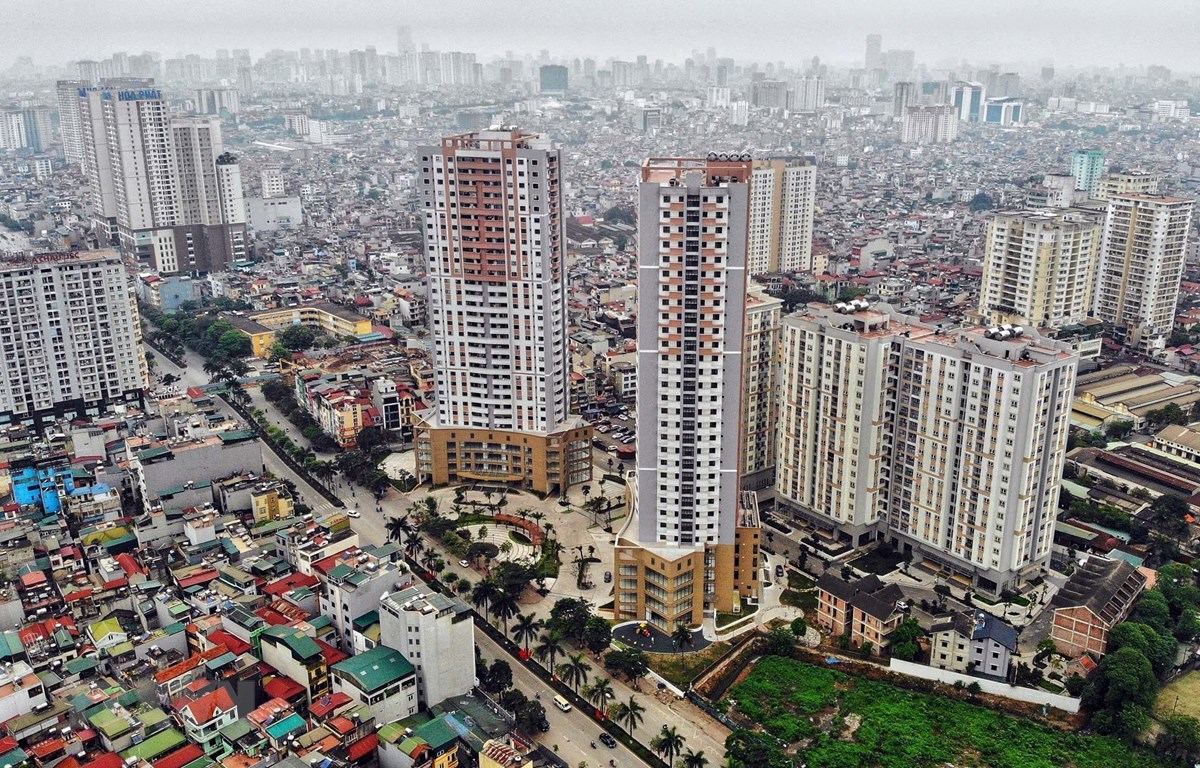
As Hanoi expanded, the western areas saw early movements. (Photo: RT)
According to Ms. Hang's assessment, this area will still be the development focus of Hanoi in the near future, focusing more on quality, strongly improving traffic infrastructure and landscape to reduce pressure on population and large traffic volume.
Meanwhile, the synchronous infrastructure simultaneously opens up more development directions to the East of the city.
According to the Capital Transport Planning to 2030, with a vision to 2050, Hanoi will build 10 more large bridges across the Red River with several projects such as Vinh Tuy 2 Bridge, Tran Hung Dao Bridge, Tu Lien Bridge, New Thang Long, Thuong Cat Bridge, Hong Ha 9.
In addition, the completion of infrastructure projects such as the extension of Ring Road 2 and the planning of Ring Road 4 will shorten travel time from Hanoi to other localities, increasing the attractiveness of the East to the needs of neighboring localities.
In addition, the Historic Inner City Planning was launched in 2021 with the goal of identifying a need to reduce the population by about 215,000 in the 2020-2030 period.
Overall, the 6 historic inner-city urban zoning plans have a research scale of over 2,700 hectares with the main requirement being population control, reducing from 1.2 million people (in 2009) to an estimated 672,000 people; at the same time improving the social and technical infrastructure systems.
According to Ms. Hang's assessment, housing projects will benefit from migration from the historic inner city area. In particular, some former residents of the old quarter have moved to neighboring and prominent districts in the Eastern region to live, due to good infrastructure conditions and convenient transportation.
In the Eastern region (including Long Bien and Gia Lam districts), with large land funds, infrastructure is also being strongly developed, along with the presence of large investors.
The proportion of apartment supply in the East in relation to the total market supply has increased from a very low level in 2011 to 12% in the first half of 2023.
This is also the area with the strongest growth in low-rise supply in recent years, increasing from 8% of Hanoi's supply market share in 2014 to 15% in the first half of 2023.
Primary prices of housing products also differ between the two regions. According to Savills, in the West, the average primary price of apartments in the first half of 2023 reached 58 million VND/m2.
Meanwhile, primary apartments in the East have an average price of about 48 million VND/m2.
For low-rise products, the primary price in the first 6 months of 2023 in the West is 157 - 225 million VND/m2 of land and in the East is 158 - 168 million VND/m2 of land.
According to Ms. Do Thu Hang, the price difference between the two regions is because the Eastern region was formed and developed later but quite quickly, so there is still such a price gap with the Western region.
Commenting on the prospects, Ms. Hang said that in the coming time, new supply in the West and East regions will account for 40% of the market share for apartments, while the proportion for low-rise categories will not be large due to limited land fund compared to other regions.
In addition, real estate products in these areas in particular and Hanoi in general will be increasingly improved. For apartment projects, internal facilities will be focused.
Source


![[Photo] 60th Anniversary of the Founding of the Vietnam Association of Photographic Artists](/_next/image?url=https%3A%2F%2Fvphoto.vietnam.vn%2Fthumb%2F1200x675%2Fvietnam%2Fresource%2FIMAGE%2F2025%2F12%2F05%2F1764935864512_a1-bnd-0841-9740-jpg.webp&w=3840&q=75)



![[Photo] National Assembly Chairman Tran Thanh Man attends the VinFuture 2025 Award Ceremony](/_next/image?url=https%3A%2F%2Fvphoto.vietnam.vn%2Fthumb%2F1200x675%2Fvietnam%2Fresource%2FIMAGE%2F2025%2F12%2F05%2F1764951162416_2628509768338816493-6995-jpg.webp&w=3840&q=75)

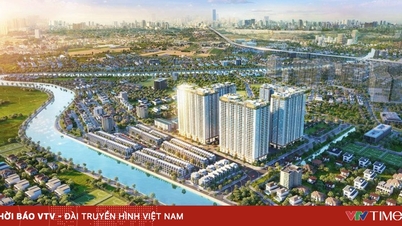

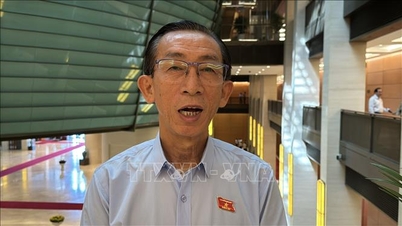

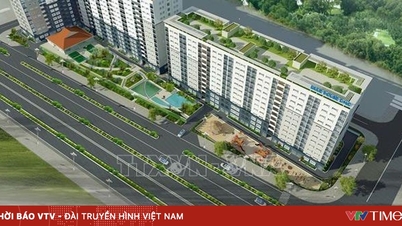
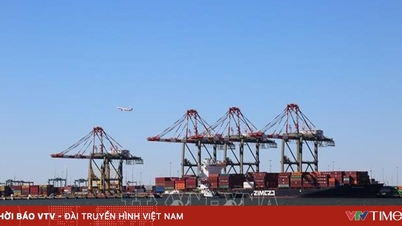
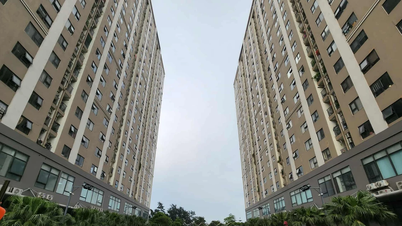




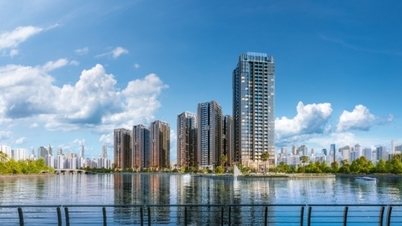














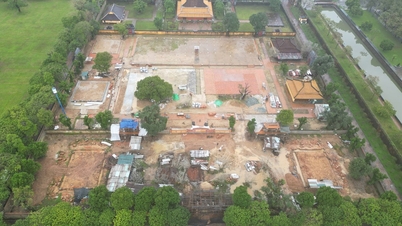







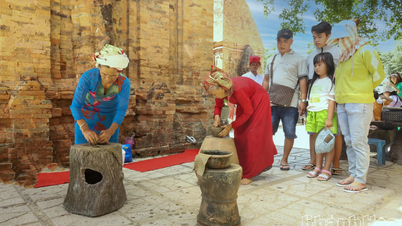















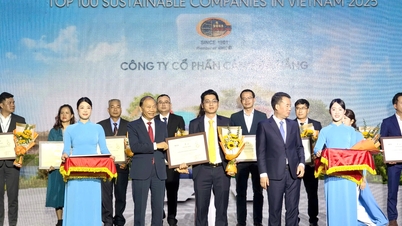
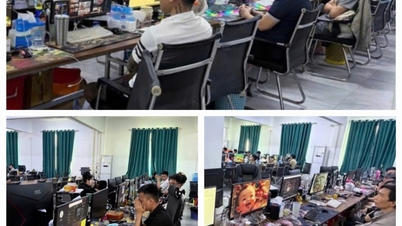
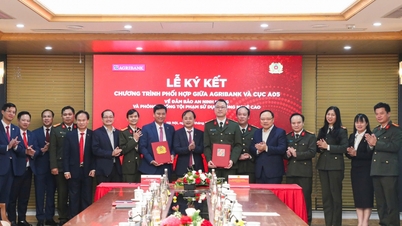

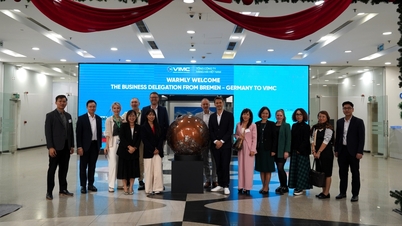






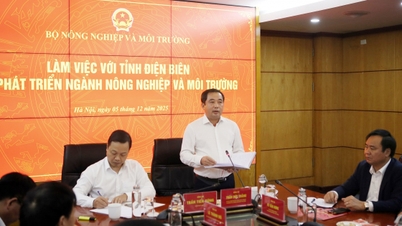











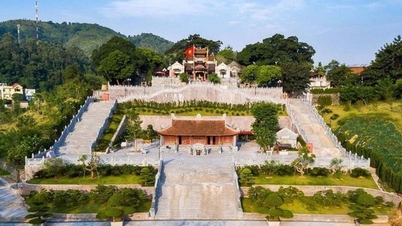

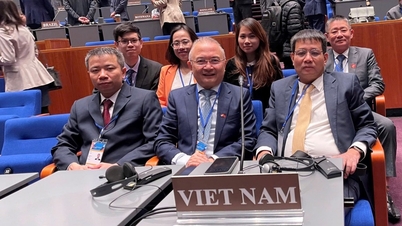
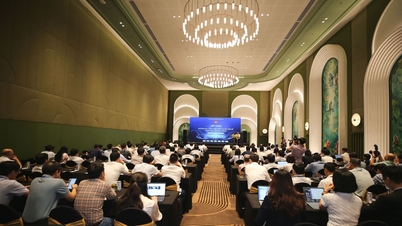


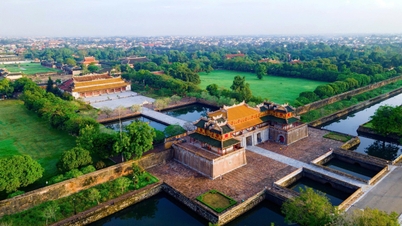



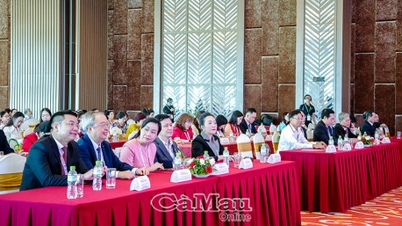























Comment (0)